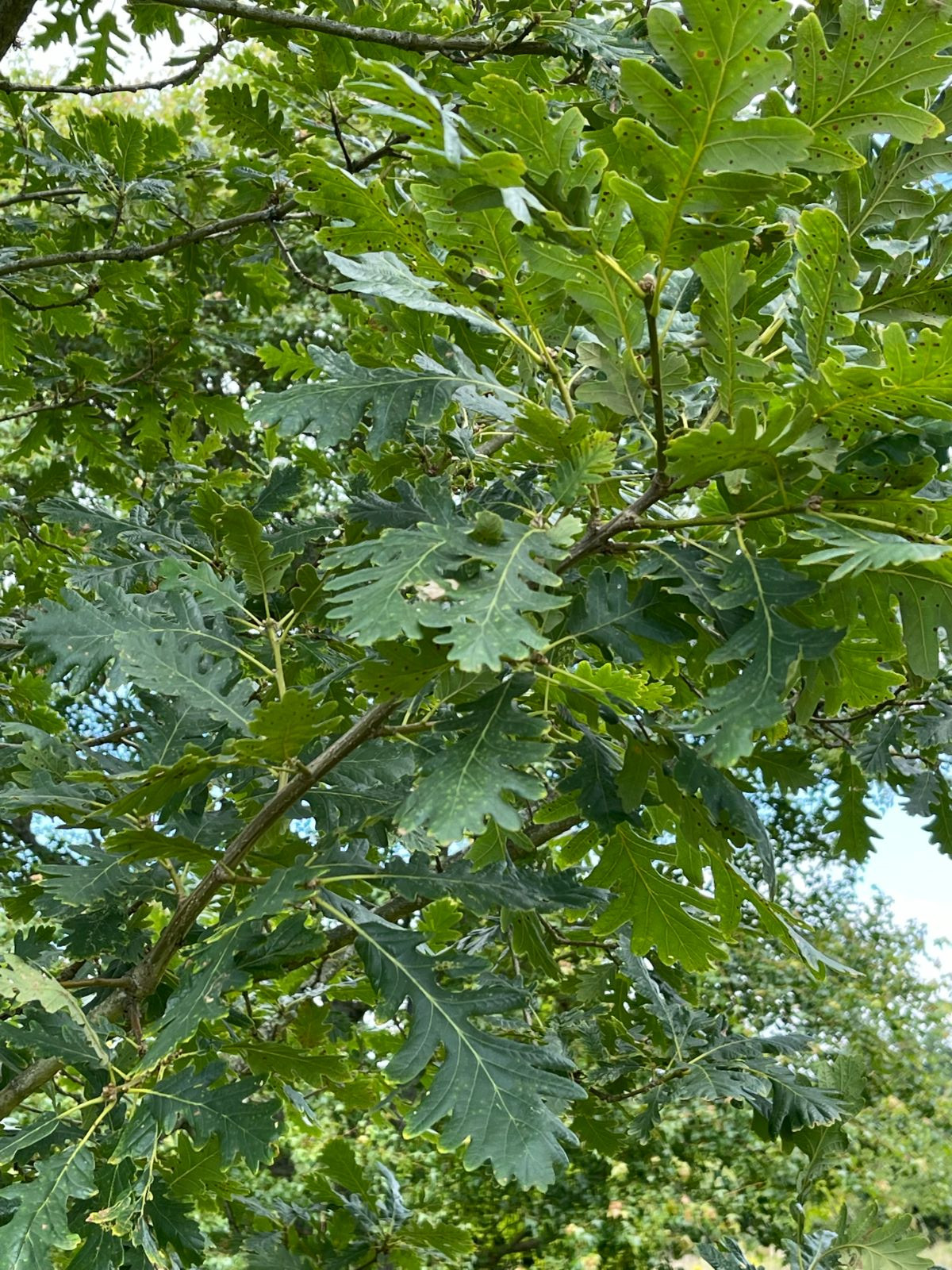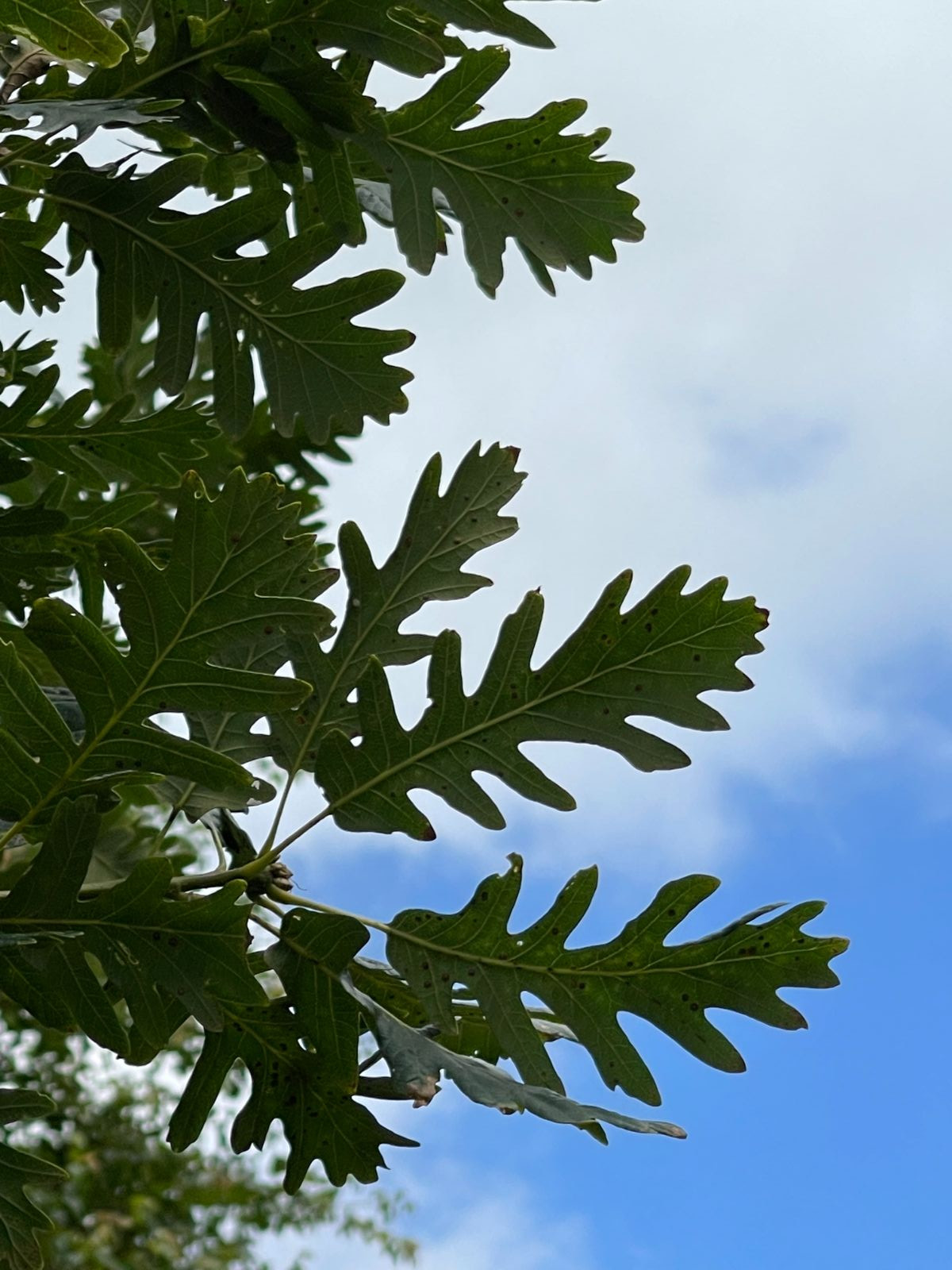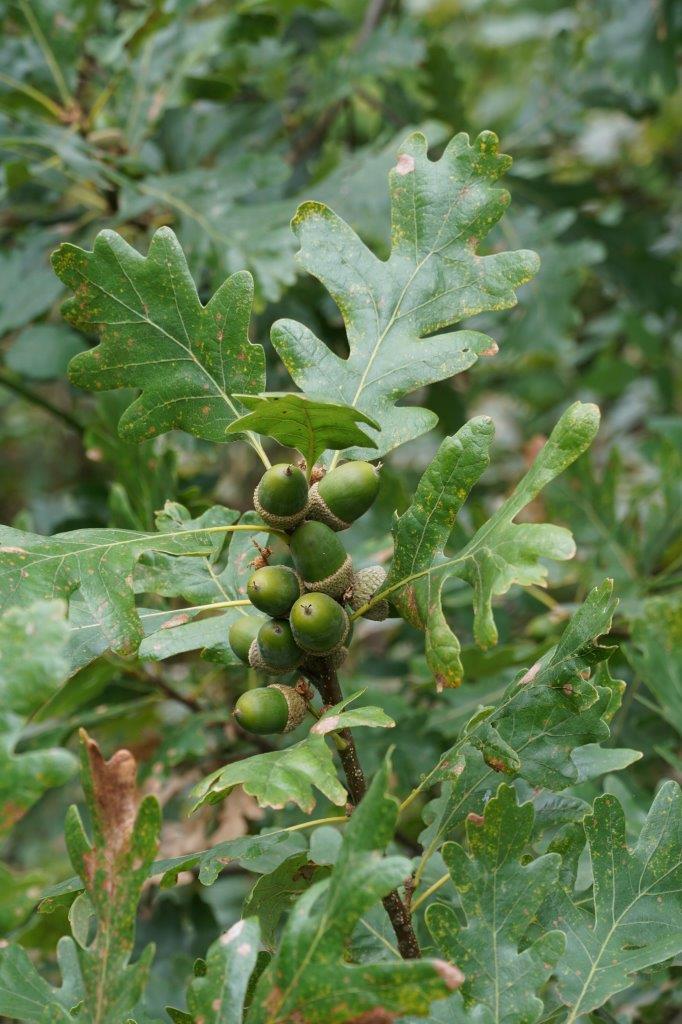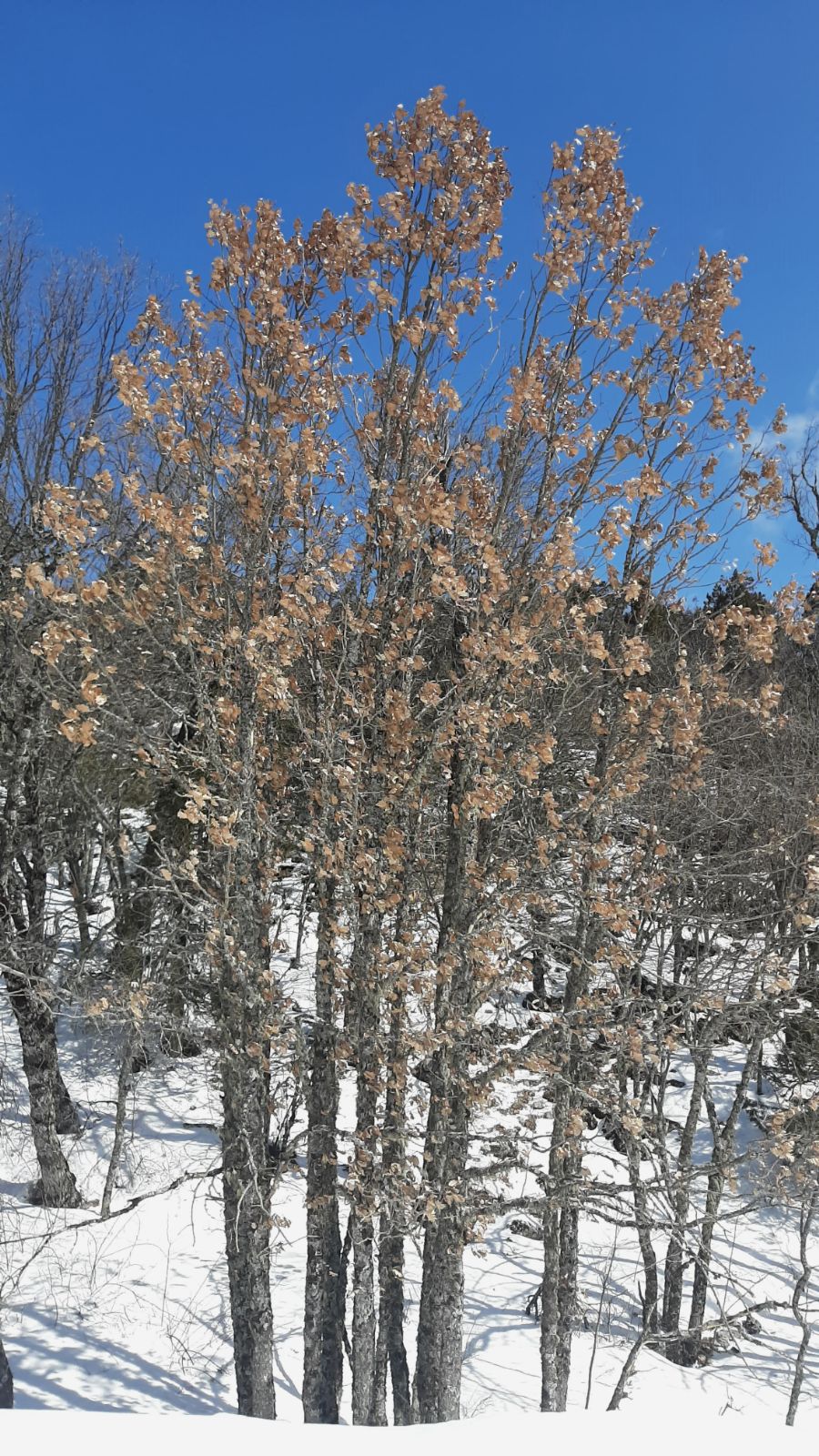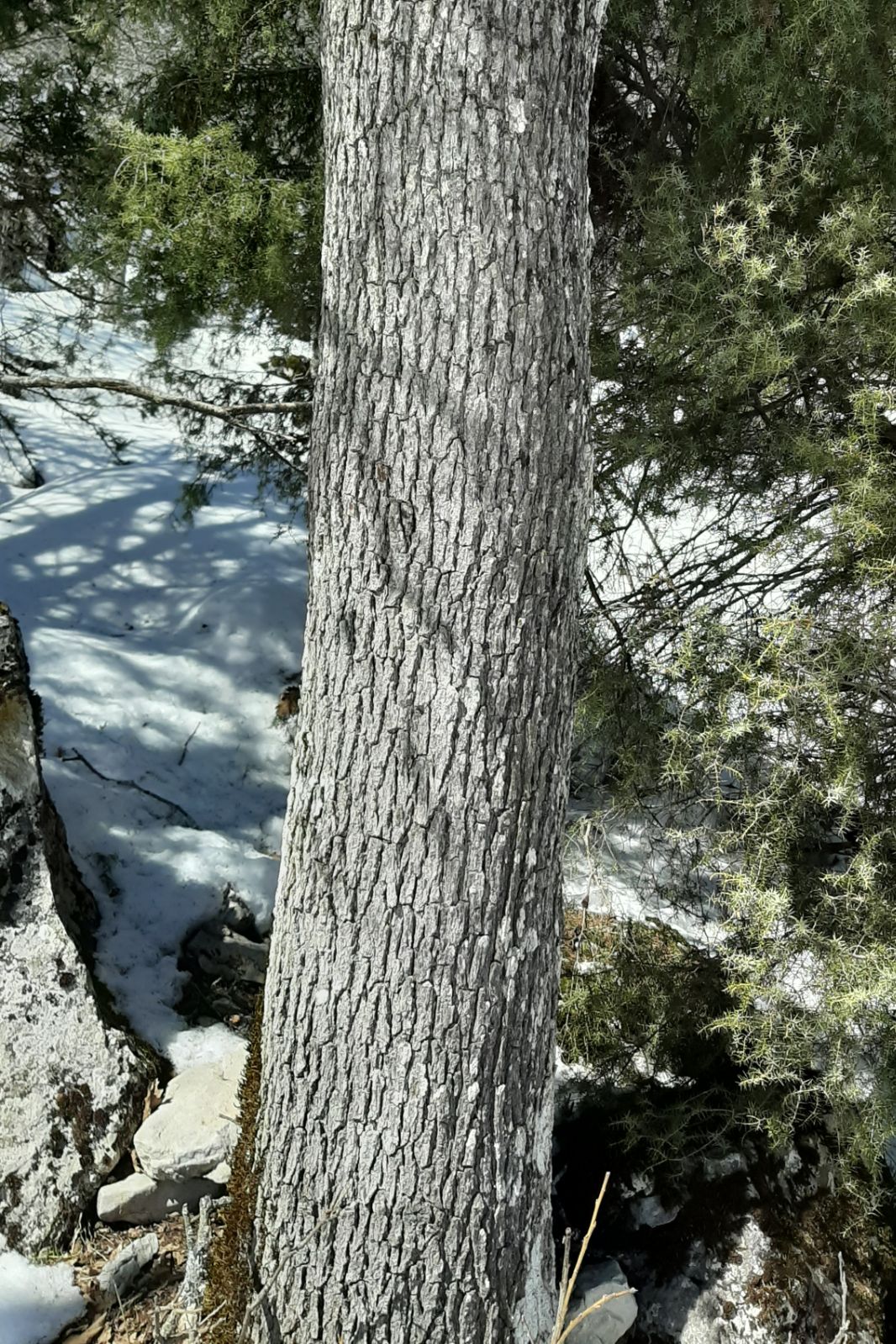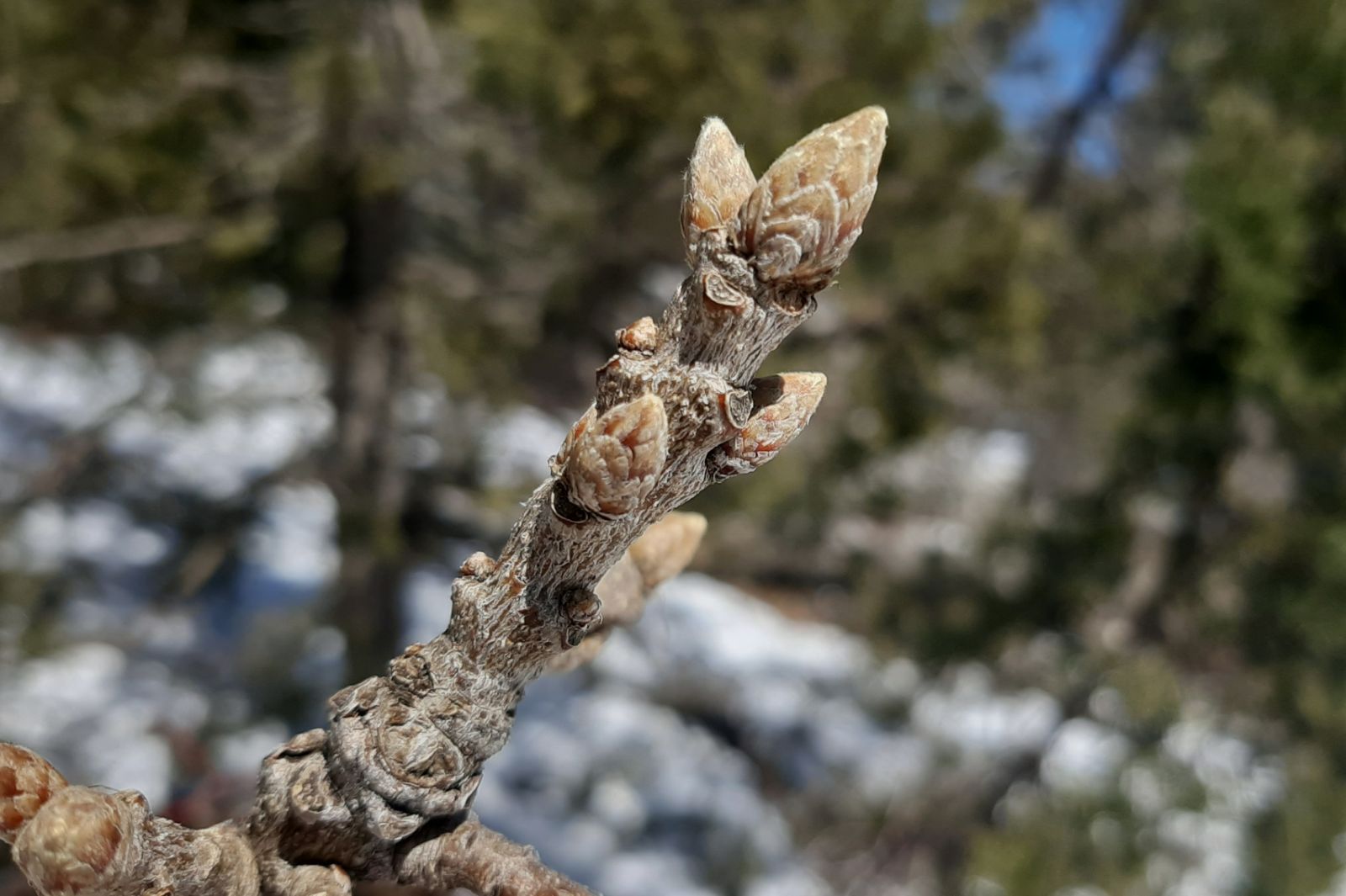Quercus vulcanica
Sponsor
Kindly sponsored by
The Trees and Shrubs Online Oak Consortium
Credits
Article from New Trees by John Grimshaw & Ross Bayton
Recommended citation
'Quercus vulcanica' from the website Trees and Shrubs Online (treesandshrubsonline.
Genus
- Quercus
- Subgen. Quercus, Sect. Quercus
Common Names
- Kasnak Oak
Other taxa in genus
- Quercus acerifolia
- Quercus acherdophylla
- Quercus acrodonta
- Quercus acuta
- Quercus acutifolia
- Quercus acutissima
- Quercus afares
- Quercus affinis
- Quercus agrifolia
- Quercus alba
- Quercus aliena
- Quercus alnifolia
- Quercus aquifolioides
- Quercus arizonica
- Quercus arkansana
- Quercus aucheri
- Quercus augustini
- Quercus austrina
- Quercus × auzendei
- Quercus baloot
- Quercus bambusifolia
- Quercus baronii
- Quercus bicolor
- Quercus brantii
- Quercus buckleyi
- Quercus canariensis
- Quercus canbyi
- Quercus candicans
- Quercus castanea
- Quercus castaneifolia
- Quercus cerris
- Quercus chenii
- Quercus chrysolepis
- Quercus coccifera
- Quercus cocciferoides
- Quercus coccinea
- Quercus conspersa
- Quercus crassifolia
- Quercus crassipes
- Quercus delavayi
- Quercus dentata
- Quercus deserticola
- Quercus dolicholepis
- Quercus douglasii
- Quercus dumosa
- Quercus durifolia
- Quercus eduardii
- Quercus ellipsoidalis
- Quercus emoryi
- Quercus engelmannii
- Quercus engleriana
- Quercus euboica
- Quercus eugeniifolia
- Quercus fabri
- Quercus faginea
- Quercus falcata
- Quercus floribunda
- Quercus frainetto
- Quercus franchetii
- Quercus fruticosa
- Quercus fusiformis
- Quercus gambelii
- Quercus garryana
- Quercus geminata
- Quercus georgiana
- Quercus germana
- Quercus gilliana
- Quercus gilva
- Quercus glabrescens
- Quercus glauca
- Quercus graciliformis
- Quercus gravesii
- Quercus griffithii
- Quercus grisea
- Quercus guyavifolia
- Quercus hartwissiana
- Quercus hemisphaerica
- Quercus × hispanica
- Quercus hondae
- Quercus hypargyrea
- Quercus hypoleucoides
- Quercus ilex
- Quercus ilicifolia
- Quercus imbricaria
- Quercus incana
- Quercus infectoria
- Quercus insignis
- Quercus ithaburensis
- Quercus kelloggii
- Quercus × kewensis
- Quercus kiukiangensis
- Quercus laceyi
- Quercus laevis
- Quercus lamellosa
- Quercus lanata
- Quercus lancifolia
- Quercus laurifolia
- Quercus laurina
- Quercus × leana
- Quercus leucotrichophora
- Quercus × libanerris
- Quercus libani
- Quercus lobata
- Quercus lobbii
- Quercus lodicosa
- Quercus longinux
- Quercus longispica
- Quercus look
- Quercus × ludoviciana
- Quercus macranthera
- Quercus macrocalyx
- Quercus macrocarpa
- Quercus macrolepis
- Quercus marilandica
- Quercus mexicana
- Quercus michauxii
- Quercus mongolica
- Quercus monimotricha
- Quercus montana
- Quercus morii
- Quercus muehlenbergii
- Quercus myrsinifolia
- Quercus myrtifolia
- Quercus nigra
- Quercus × numidica
- Quercus oblongifolia
- Quercus obtusata
- Quercus oglethorpensis
- Quercus oxyodon
- Quercus pagoda
- Quercus palmeri
- Quercus palustris
- Quercus pannosa
- Quercus parvula
- Quercus petraea
- Quercus phellos
- Quercus phillyreoides
- Quercus planipocula
- Quercus poilanei
- Quercus polymorpha
- Quercus pontica
- Quercus prinoides
- Quercus pubescens
- Quercus pyrenaica
- Quercus rehderiana
- Quercus reticulata
- Quercus robur
- Quercus rotundifolia
- Quercus rubra
- Quercus rugosa
- Quercus rysophylla
- Quercus sadleriana
- Quercus salicina
- Quercus sartorii
- Quercus × schneideri
- Quercus schottkyana
- Quercus semecarpifolia
- Quercus senescens
- Quercus serrata
- Quercus sessilifolia
- Quercus setulosa
- Quercus shumardii
- Quercus sinuata
- Quercus spinosa
- Quercus stellata
- Quercus stenophylloides
- Quercus suber
- Quercus subspathulata
- Quercus tarokoensis
- Quercus tatakaensis
- Quercus texana
- Quercus tomentella
- Quercus trojana
- Quercus tungmaiensis
- Quercus turbinella
- Quercus × turneri
- Quercus undulata
- Quercus utahensis
- Quercus utilis
- Quercus uxoris
- Quercus variabilis
- Quercus velutina
- Quercus virginiana
- Quercus warburgii
- Quercus wislizenii
- Quercus xalapensis
Tree to 30 m, 1.6 m dbh. Branchlets yellowish or reddish brown with short silky hairs, later glabrous. Leaves deciduous, 9–17 × 5–10 cm, obovate, upper surface yellowish or grey-green, glabrous or with some single and stellate hairs particularly by midrib, lower surface with appressed stellate or grouped hairs, seven to eight secondary veins on each side of the midrib, margins with four to seven deep, regular, acute or rounded lobes with shallow secondary lobing, apex obtuse to rounded or acute; petiole 0.8–3.5 cm long, pubescent. Infructescence short with one to three cupules. Cupule hemispheric, 1.4–1.8 × 1–1.3 cm, grey-brown; scales flat, appressed, tomentose. Acorn ovoid, half to two-thirds of its length enclosed in cupule, ~2 cm long, stylopodium short. Flowering June, fruiting September (Turkey). Hedge & Yaltirik 1994. Distribution TURKEY. Habitat Mixed oak and conifer woodland between 1300 and 1800 m asl. USDA Hardiness Zone 6. Conservation status Near Threatened. Illustration A plate of Q. vulcanica from T. Kotschy’s Die Eichen Europas und des Orients (1858–1862) is fortuitously reproduced (p. 496) in the excellent history of botanical art Garden Eden: Masterpieces of Botanical Illustration, by H. Walter Lack (2001), which would repay its place on any plantsman’s shelf. NT758.
The field notes of the Flanagan & Pitman Expedition to Turkey (1990) describe Quercus vulcanica as ‘a magnificent species with outsize leaves’. The collection by this team under TURX 82 came from near Egridir in Isparta Province, and the specimen at Kew that derives from it already deserves the adjective ‘magnificent’. It is forming a columnar tree, currently approximately 8 m tall and growing very fast, and has every chance of being one of the great trees of Kew in the future. Closely related to Q. frainetto, but endemic to Anatolia, Q. vulcanica shares the deeply lobed leaves of that more familiar species, but the leaves have distinctly velvety-feeling pubescence on their lower surfaces. Although the sample is limited, Q. vulcanica may not always be so successful: at Chevithorne Barton a small and very slow-growing individual suffers badly from mildew, while at the Hillier Gardens another small specimen is attempting to reorganise itself after losing its top. At Arboretum Trompenburg it is doing well from a 1987 collection in Turkey (G. Fortgens, pers. comm. 2006); at Ettelbruck, where it is not affected by mildew, it grows slowly but steadily (E. Jablonski, pers. comm. 2006). Dirk Benoit at Pavia Nursery, Belgium has propagated a distinct clone with particularly deeply lobed leaves and named it ‘Kasnak’, after the region of Turkey where the species grows (Jablonski 2006).

